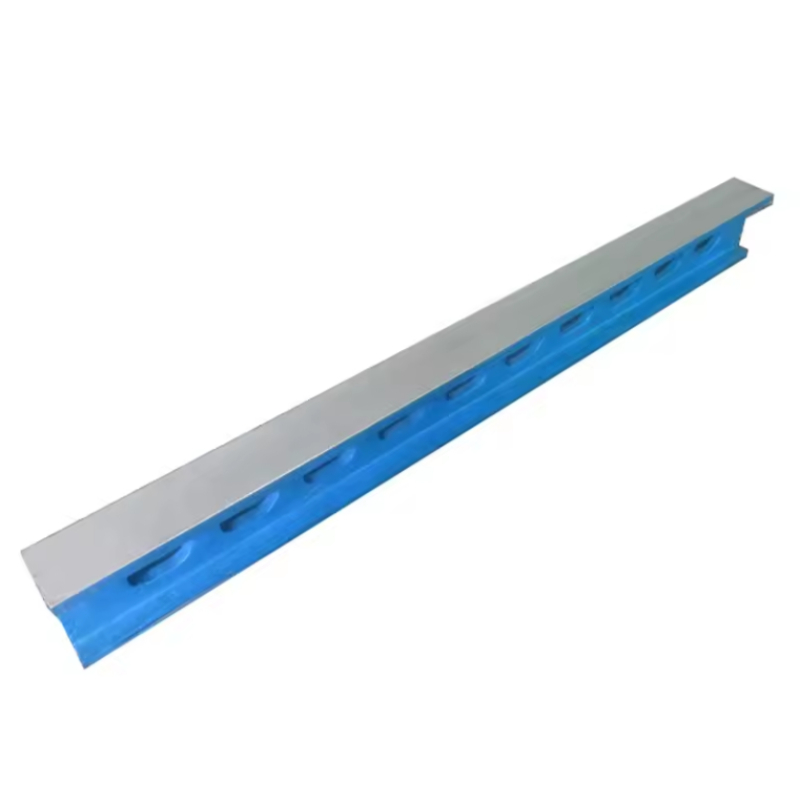Dec . 07, 2024 08:35 Back to list
How to Properly Shut Off a Water Valve for Maintenance
How to Turn Off a Water Valve A Comprehensive Guide
Water valves play a crucial role in managing the flow of water in residential and commercial plumbing systems. Whether you're dealing with an emergency leak, conducting repairs, or winterizing your plumbing, knowing how to turn off your water valve is essential. This guide will walk you through the steps to identify, access, and turn off a water valve safely and effectively.
Identifying Your Water Valve
Types of Water Valves
There are primarily two types of water valves found in most homes gate valves and ball valves. Understanding the difference between them is essential for effectively operating them
1. Gate Valves - Appearance Gate valves are typically round and have a wheel-like handle on top. - Operation These valves operate by raising or lowering a gate that blocks or allows the flow of water. They require multiple turns to open or close.
2. Ball Valves - Appearance Ball valves usually have a lever handle that can be moved to a vertical or horizontal position. - Operation These valves use a ball mechanism to control water flow, and they can be turned off or on with a simple quarter turn.
Locating the Valve
In most homes, the main water shut-off valve is located close to where the water line enters the house
. Common locations include- Basement or Crawl Space In homes with basements or crawl spaces, look for the valve near the water heater or along the main supply line. - Outside Wall In homes without basements, the valve may be found on an exterior wall, often buried under a covered box. - Underneath Sinks For specific plumbing fixtures like sinks, toilets, or washing machines, you will find individual shut-off valves under or near these appliances.
Steps to Turn Off the Water Valve
which way to turn off water valve

1. Gather Your Tools - Depending on the type of valve, you may need a wrench, pliers, or simply your hands. For gate valves, a towel may also come in handy to wipe off any water that may leak when you turn the valve.
2. Prepare for Water Leakage - Before you attempt to turn off the valve, make sure to place a bucket or a towel beneath the valve to catch any water that might spill during the process.
3. Turning Off a Gate Valve - Turn the valve clockwise (right) to close it. This may require several rotations. Keep turning until you can’t turn it anymore. You will know it is off when the valve handle aligns with the pipe.
4. Turning Off a Ball Valve - For a ball valve, simply turn the lever handle perpendicular to the direction of the pipe. If the handle is horizontal, the valve is open; if it's vertical, the valve is closed.
5. Check for Leaks - After you have turned off the valve, it’s important to check for leaks at the valve itself or the pipe connections. If water continues to flow after you have shut off the valve, it may need to be replaced.
Frequently Asked Questions
How do I know if my water valve is faulty? - Signs of a faulty valve include persistent leaks even when turned off, visible rust, or corrosion. If you suspect your valve isn’t functioning properly, consider consulting a plumber.
What should I do if I can’t find the shut-off valve? - If you're having difficulty locating the valve, check your home’s plumbing diagram, if available. If that doesn’t help, a professional plumber can assist you.
Conclusion
Knowing how to safely turn off a water valve can save you from extensive water damage and costly repairs. Regularly check your valves to ensure they function correctly, and familiarize yourself with their location in your home. Whether it’s for preventive maintenance or an emergency situation, being prepared is key to effective home management.
-
Welding Methods Used in Metal Table FabricationNewsJul.03,2025
-
Sustainable Materials in Silence Check Valve ManufacturingNewsJul.03,2025
-
Installation Guide for Cast Iron Y StrainersNewsJul.03,2025
-
How to Carve a Block of GraniteNewsJul.03,2025
-
Creating Customized Measurement PlatformsNewsJul.03,2025
-
Benefits of Using Granite Surface Plates in MachiningNewsJul.03,2025
Related PRODUCTS









